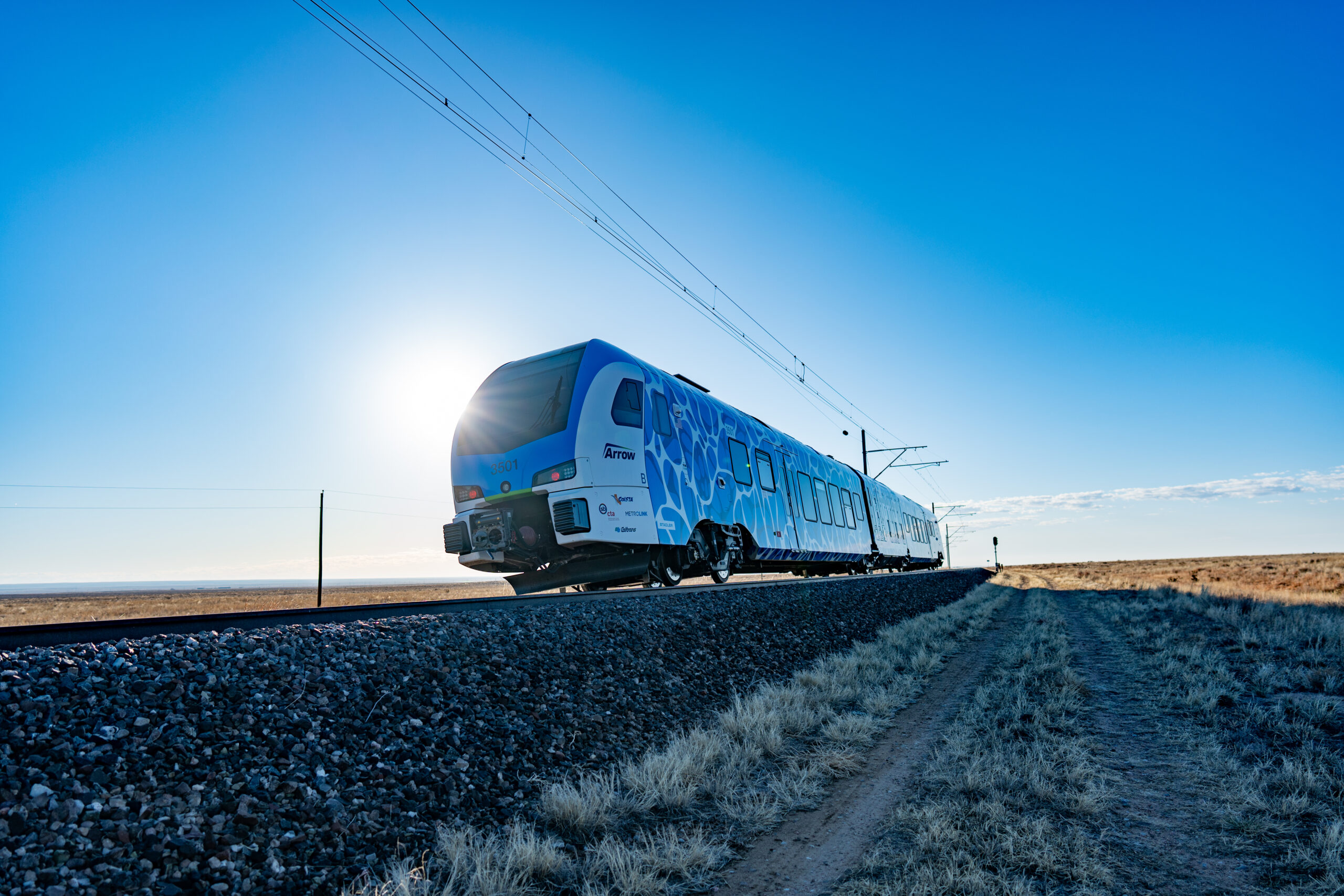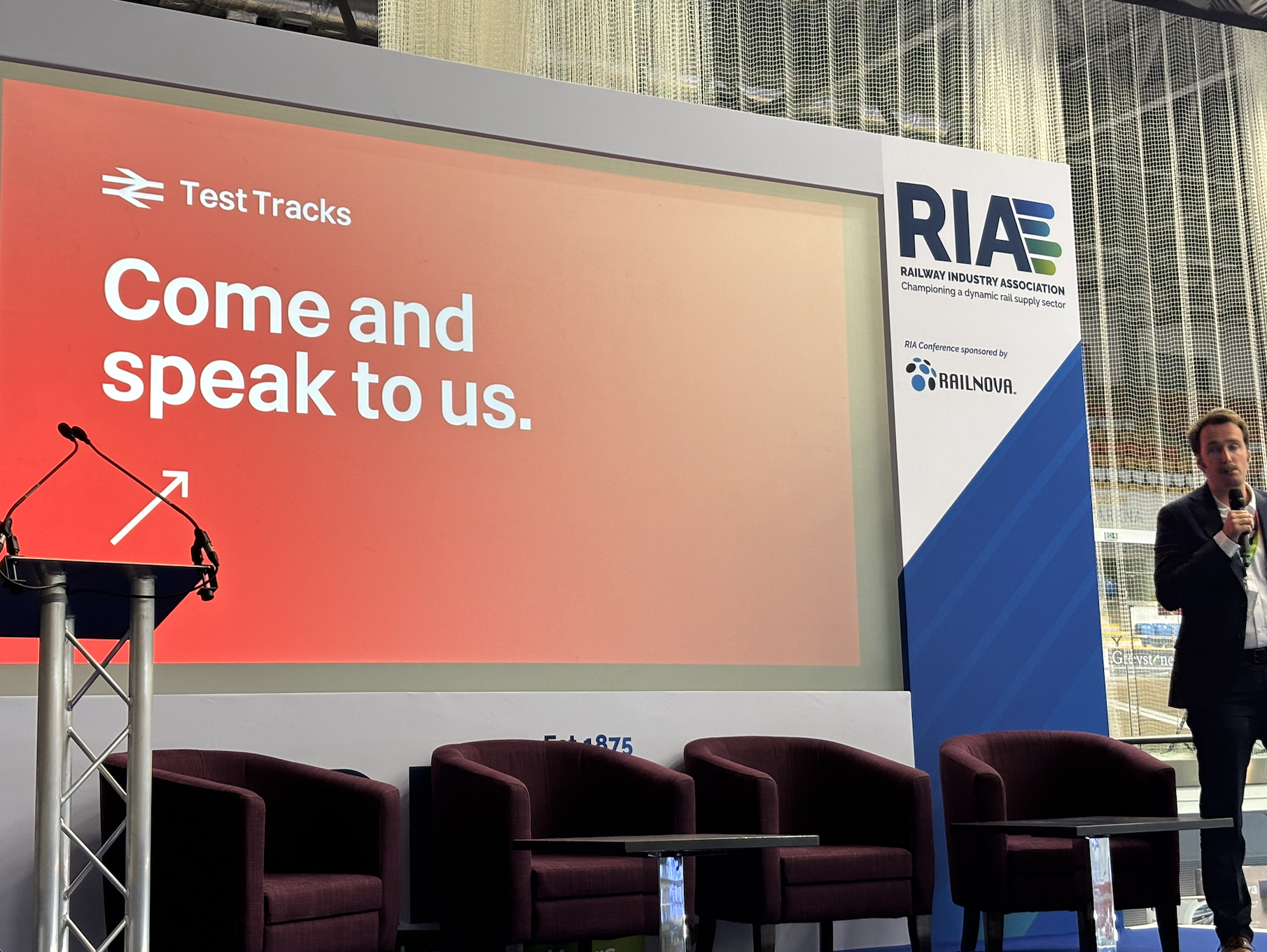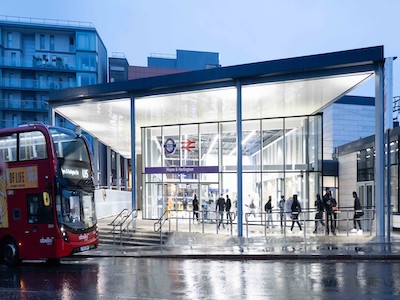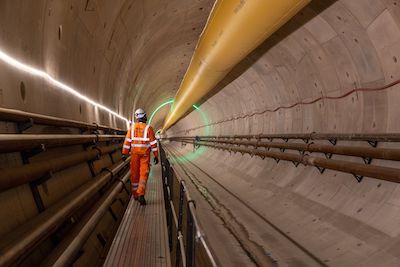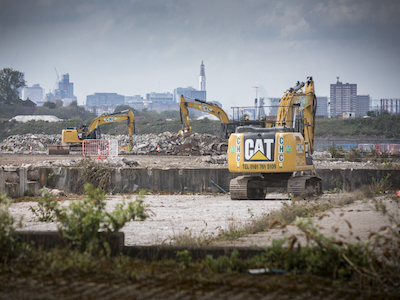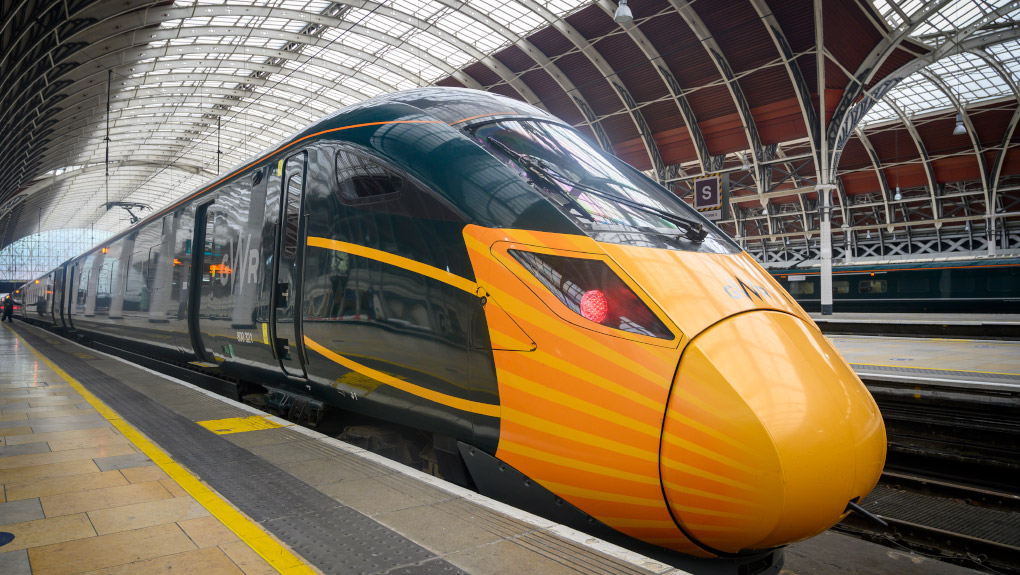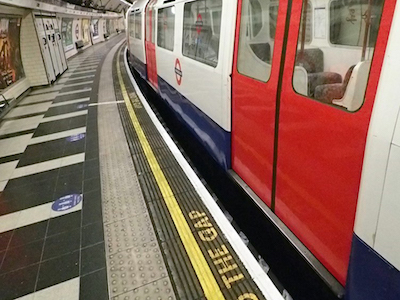This summer, Transport for London, the public agency responsible for, well, you can probably guess that part, has taken the unusual step of advertising on television. The “Welcome Back London” campaign shows clips of tubes, trains and buses, with the usual, boring signage replaced by a series of nouns: “Reunions” reads the button on one ticket machine; “Drinks after work”, the sign above the escalators at Canary Wharf.
This whistlestop tour of the capital is all set to the sort of jaunty music that suggests a city waking up of a morning. The message is clear enough: London is awakening again after its covid-induced coma. And if you want to see your mates or pop over to a gallery of a weekend, then, well, TfL is the way to go!
The decision to advertise something as fundamental as public transport seems kind of strange to me, like running a promotional campaign for the Highways Agency or the fire brigade. Then again, I’m a transport nerd who lives in central-ish London – I can literally see two different TfL train routes from my sofa – so I’m already in the tank. It’s people in the outer boroughs, who are more likely to drive, and who may have lost the habit due to working from home during the pandemic, that the campaign is really intended for.
And there are very good reasons why TfL would want to encourage people back onto its network. As things stand, tube ridership stands at around 50% of pre-pandemic levels during the week, and 60% at weekends; on the buses, those figures are around 67% and 75%. Ridership is rising, slowly (actually it’s flat-lined during the summer, but that’s a rise compared to the normal summer drop), but that still leaves TfL’s fare revenue a long way short of its previous level.
That money is not just nice to have: it’s the cash TfL needs to keep the capital moving. Since a 2015 agreement between chancellor George Osborne and the capital’s then mayor, a certain Boris Johnson, the agency has received no direct grant from central government: the farebox has provided 72% of its operating budget, compared to around 40% in peer cities like New York or Paris. In normal times, TfL’s ability to survive without subsidies is brilliant.
But these have not been normal times: in the early stages of the pandemic, passenger numbers fell to levels not seen since Queen Victoria was still moving about, and at the nadir ridership figures stood at just 3-4% of normal levels. As a result, in May 2020, TfL came within hours of running out of money: if central government had not blinked and provided a £1.6bn bailout package, London would have literally stopped.
At the time, the mayor Sadiq Khan described this bailout as a “sticking plaster”. If this seems a tad ungrateful – the cost of sticking plasters very rarely runs into billions – consider two things. One is that it came with a series of strings attached: the suspension of free travel for people under 18, or free peak-hours travel for those over 60, for example; or compulsory increases in the level of the congestion charge. This wasn’t just a bailout, but a power grab by the Department for Transport. (It also, if one wanted to get conspiratorial, represented a Tory government forcing a Labour mayor to implement unpopular policies in the run up to an election. If that was the goal, it didn’t work: last May, Khan was re-elected handsomely.)
The second case for the mayor’s criticism is that the bailout did nothing to address the underlying problem of TfL’s fundamental reliance on fares. Unless that changed, Khan warned, TfL would need a bail out again within months. He was right. A second bail out followed in the autumn; a third last June.
This latest package, worth £1.08bn and expected to keep things running until mid-December, is intended to be the last. TfL, indeed, is now quietly hoping to be financially sustainable – that is, able to cover its operating costs by itself – by April 2023. Getting there will mean tinkering with things like the agency’s share of business rates or the revenues generated by the Ultra Low Emissions Zone, as well as looking at things like its property portfolio. It’ll still need government assistance with major capital projects – there is no universe in which it can build Crossrail 2 on its own – but TfL will not need a return to the days of the government operating grant.
Inevitably, though, there’s a “but”: what if this were to happen again? The pandemic has highlighted a fundamental contradiction in the government’s approach to London’s transport network. It expects TfL to provide essential infrastructure, but to fund itself like a commercial entity. While that remains true, the agency is trying to invest for the long-term or otherwise plan for the future with one hand tied behind its back.
That ad campaign was intended to welcome Londoners back to their transport network. When they get there, though, they’ll find it just as vulnerable to unexpected shocks as it was in March 2020.
About Jonn Elledge
Jonn Elledge is a journalist and editor who specialises in transport and local government. Former assistant editor of the New Statesman.

















